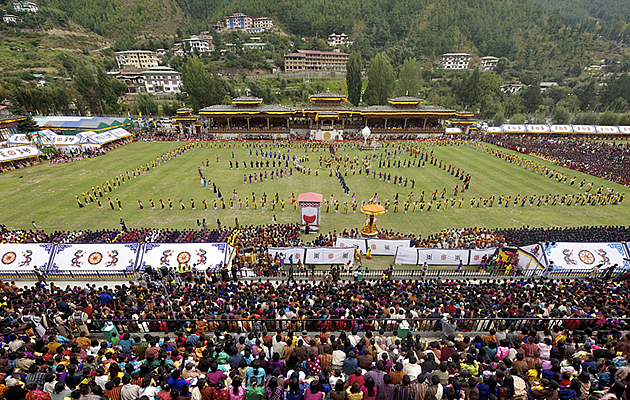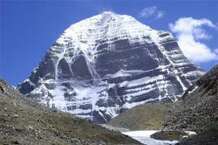The annual rate of shrinkage is 48.2 metres in terms of length and 0.57 % in terms of area
A majority of glaciers in the Tibetan Plateau and the surrounding regions are retreating, according to a study published recently in Nature Climate Change. The Tibetan Plateau and surrounding regions contain most of the world’s glaciers outside the polar region. The total glacier area in this region is 100,000 square kilometres.
The authors found that the Tibetan Plateau and surrounding regions exhibited systematic differences in glacial shrinkage. The most intensive shrinkage is found in the Himalayas (excluding the Karakoram). Here the reduction is greatest both in terms of length and area, and also the difference between ice accumulation and loss (mass balance). In contrast, the least reduction is seen in the Pamir Plateau.
Contradictory results
The latest results contradict the Tibetan Plateau glacier loss results provided by the GRACE satellite. The Gravity Recovery and Climate Experiment satellite measurements found the glaciers in the Tibetan Plateau were actually growing, and Asian glaciers, in general, were losing ice much slowly than previously suggested.
According to the Nature Climate Change paper, the rate of shrinkage of Himalayan glaciers (southeastern Tibetan Plateau) in terms of length was 48.2 metres per year and the rate of area reduction was 0.57 per cent per year during the study period (1970s to 2000s). The mass balance was negative (meaning more ice loss), and it ranged from “-1,100 mm per year to -760 mm per year with an average of -930 mm per year.”
In the case of the Pamir Plateau, the rate of retreat was just 0.9 metres per year and area reduction rate was 0.07 per cent per year. What is really significant is that the Muztag Ata Glacier in the eastern Pamir region had a positive mass balance for four of the five years of observation.
“Mass balance is a direct and reliable indicator of glacier status,” they write. The mass balance of 15 glaciers was measured for three consecutive years.
The Indian monsoon in summer and westerlies (prevailing winds from Europe) in the winter are the two important atmospheric circulation patterns found here. The East Asian monsoon also influences glaciers, particularly those in the eastern margin. The interior of the Tibetan Plateau is dominated more by continental conditions.
There is a direct link between atmospheric circulation, and in turn precipitation, and glacier shrinkage.
The reason
The reason for intensive glacier shrinkage in the Himalayas can be traced back to the circulation pattern, and in turn the amount of precipitation.
The Himalayas gets its precipitation from the Indian monsoon, while the Pamir Plateau gets it from the westerlies.
Records confirm that the precipitation during the period 1979 to 2010 decreased in the Himalayas while it increased in the case of eastern Pamir Plateau.
“Recent studies found that the Indian monsoon is weakening and the westerlies are strengthening and this influences the precipitation patterns,” they write.
This has resulted in greater shrinkage of glaciers in the Himalayas, while the Pamir Plateau shows the “least reduction in length and area, and positive mass balance (meaning increased ice accumulation).
Effect of temperature
Temperature rise also affects glacier shrinkage. “An increasing warming trend at higher elevations has been observed over the Tibetan Plateau and the warming rate increases with elevation,” they write. They found the warming to be “highest between 4,800 metres and 6,200 metres above mean sea level.”
“In places dominated by the westerlies, such as the Karakoram and the Pamir plateau, glaciers gain their mass mostly from winter snow, and so are less affected by warming because temperatures in winter are still below zero,” Nature notes. “In the eastern and central Himalayas, however, it snows mainly during monsoon season, and a slight increase in summer temperatures can affect glaciers drastically.”
Many glaciers were studied for three main factors — glacial retreat, area reduction, and mass balance.





 Comments (
Comments (
 Printable Version
Printable Version Email This
Email This Font
Font






